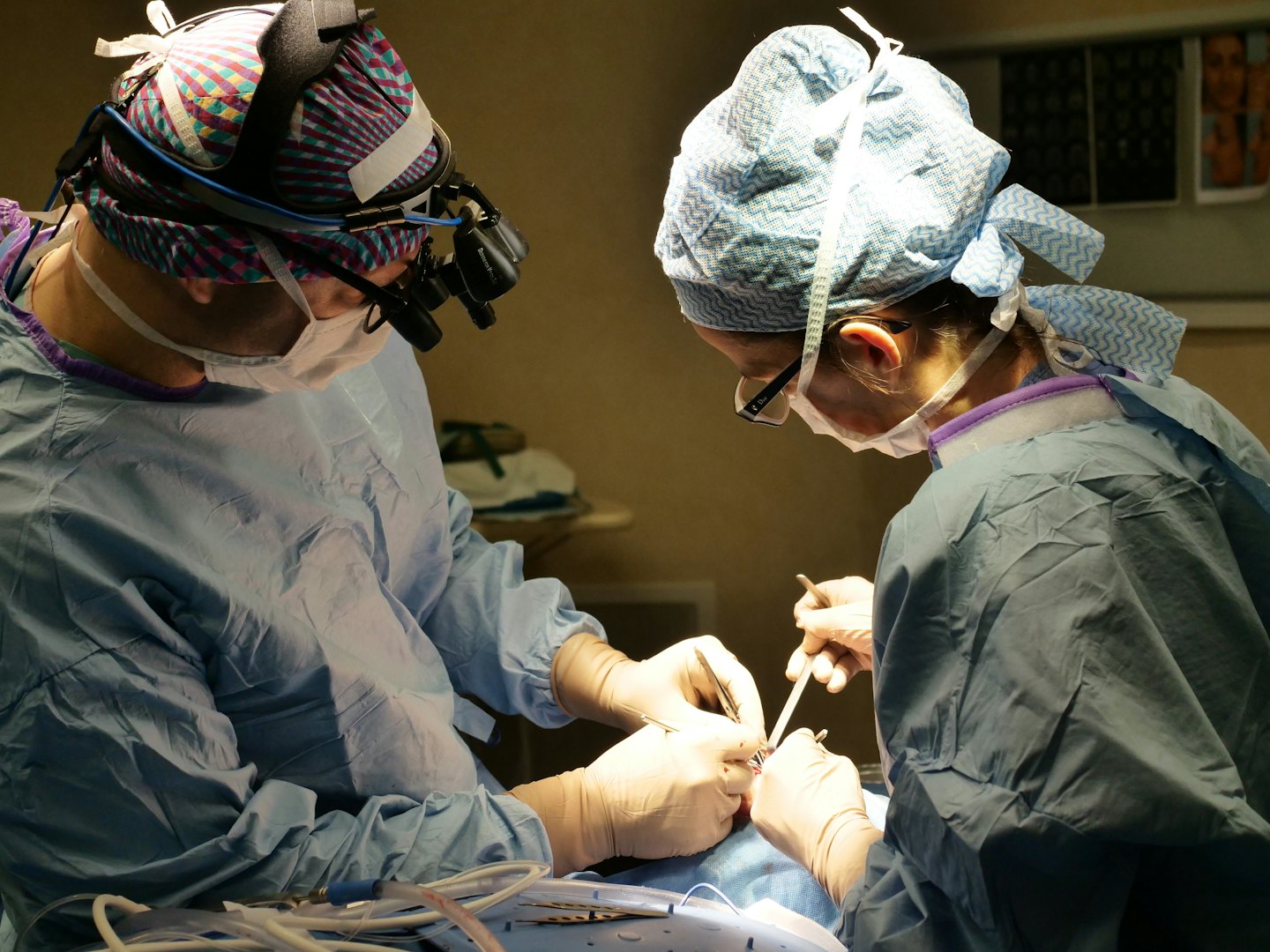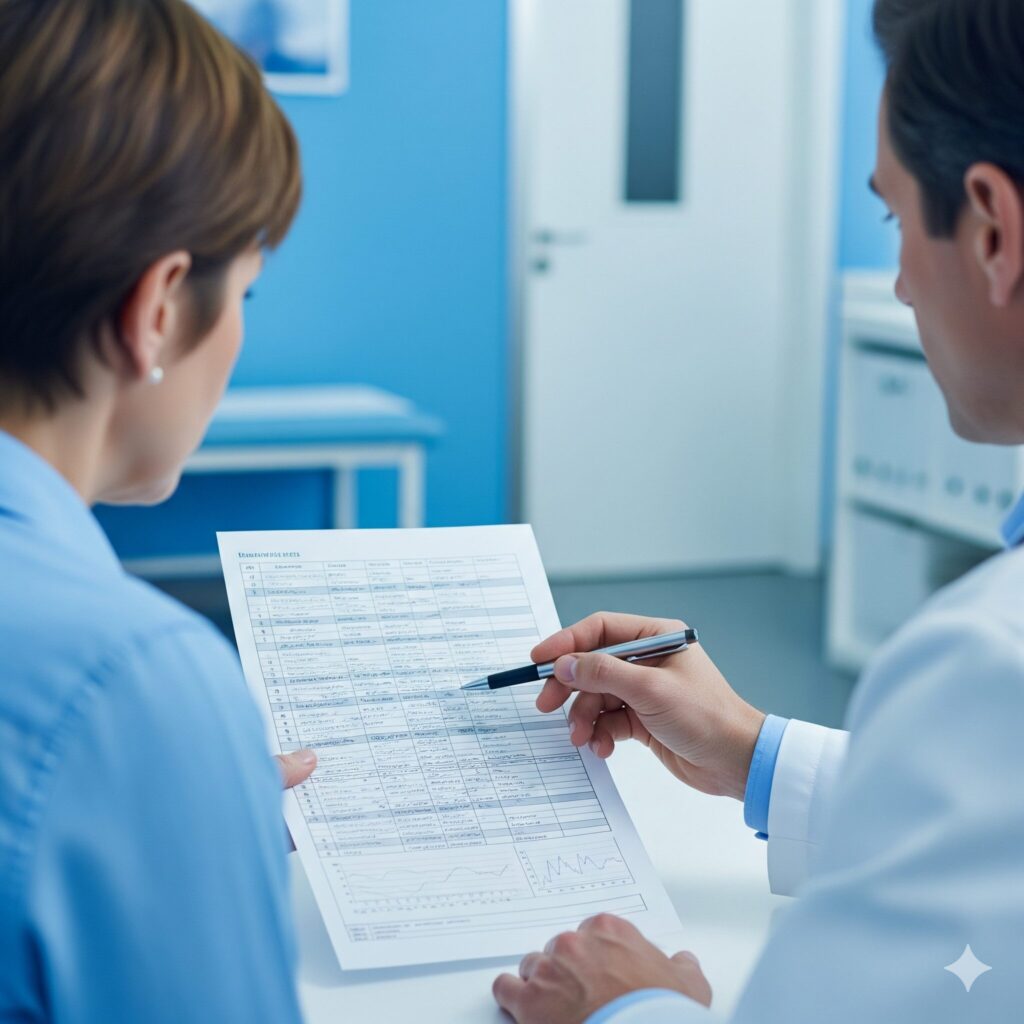Testicular Cancer Evaluation at Southland Urology
Testicular cancer is a relatively rare but highly treatable cancer that develops in the testicles, the male reproductive glands. It is most common in men between the ages of 15 and 44. The most common symptom is a lump or swelling in either testicle, and because it is often caught early, the prognosis is excellent with proper treatment.

Advanced Treatments
Our expert surgeons use non-surgical and surgical management options for testicular cancer.

Personalized Plans
We tailor your care to your unique diagnosis for optimal health and recovery.

Comprehensive Diagnostics
Accurate testing and evaluation.
Understanding Testicular Cancer Evaluation
Learn about our tailored approach to diagnosing and treating testicular cancer with compassionate support every step of the way.
Initial Consultation and Diagnosis
Meet with our board-certified urologists to assess your condition through thorough exams and advanced diagnostic tests.
Personalized Treatment Planning
Work closely with our specialists to develop a treatment strategy that fits your specific issue and goals.
Ongoing Care and Support
Receive expert follow-up care, monitoring, and support to ensure the best possible outcomes throughout your recovery.
Understanding Testicular Cancer
What Is Testicular Cancer?
Testicular cancer is a type of cancer that begins in the testes (testicles), which are located inside the scrotum. The testicles are responsible for producing sperm and the male hormone testosterone. While relatively uncommon, it is the most frequent solid tumor cancer in males between the ages of 15 and 44. Most testicular cancers begin in the germ cells, the cells that produce sperm. There are two main types of germ cell tumors: seminomas, which tend to grow and spread more slowly, and non-seminomas, which are more aggressive and typically require different treatment.
Risk Factors and Early Detection
The exact cause of testicular cancer is unknown, but several factors can increase a man’s risk. The most significant risk factor is a condition called cryptorchidism, or an undescended testicle, which is when one or both testicles fail to move from the abdomen into the scrotum before birth. A family or personal history of testicular cancer also increases risk. Early detection is crucial for a positive outcome. The most common way to detect it is through a self-examination, where a man checks his testicles for any lumps, swelling, or changes in size or shape. Any new lump or symptom should be reported to a doctor immediately.
Common Symptoms
The most common symptom of testicular cancer is a painless lump or swelling in either testicle. While most lumps are not cancerous, any new lump should be evaluated by a doctor. Other symptoms may include a feeling of heaviness in the scrotum, a dull ache in the abdomen or groin, a sudden collection of fluid in the scrotum, or pain or discomfort in a testicle or the scrotum. In rare cases where the cancer has spread, symptoms might include a cough, chest pain, shortness of breath, or lower back pain.
Diagnosis
A doctor will perform a physical exam and review the patient’s symptoms. If a lump is found, the next step is usually a scrotal ultrasound, which uses sound waves to create an image of the testicles and can help determine if the lump is solid and potentially cancerous or a fluid-filled cyst. If the ultrasound results are suspicious, the next step is typically blood tests to check for tumor markers, such as alpha-fetoprotein (AFP) and human chorionic gonadotropin (HCG), which are often elevated with testicular cancer. A definitive diagnosis is made through a surgical procedure to remove the testicle, as a biopsy is generally not performed due to the risk of spreading the cancer.
Surgical Treatment Options
Surgery is the primary and often the first line of treatment for testicular cancer. The standard procedure is a radical inguinal orchiectomy, which involves the surgical removal of the affected testicle and the spermatic cord through an incision in the groin. This is considered the definitive treatment and also provides the tissue needed for a precise diagnosis and staging. For some men, additional surgery to remove nearby lymph nodes (retroperitoneal lymph node dissection or RPLND) may be performed if the cancer has spread.
Non-Surgical Treatment Options
After surgery, non-surgical treatments are often used to ensure all cancer cells have been eliminated. The two main non-surgical options are radiation therapy and chemotherapy. Radiation therapy uses high-energy rays to kill cancer cells and is most often used to treat seminomas, as they are very sensitive to radiation. Chemotherapy, which uses powerful drugs to kill cancer cells throughout the body, is typically used for non-seminomas, or for cases where the cancer has spread to other parts of the body. For low-stage cancer, a period of active surveillance with regular check-ups is sometimes an option, especially for seminoma.

Schedule Your Consultation Today
Take the first step toward personalized testicular cancer evaluation with our expert team.
